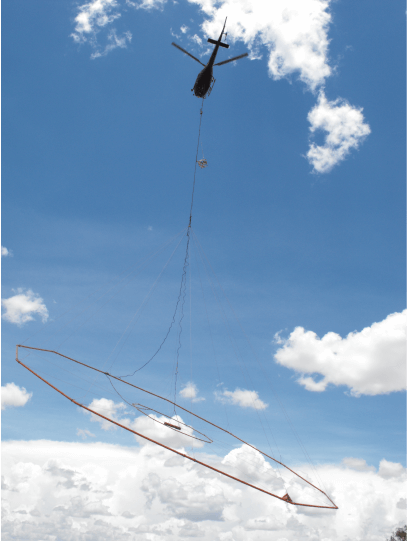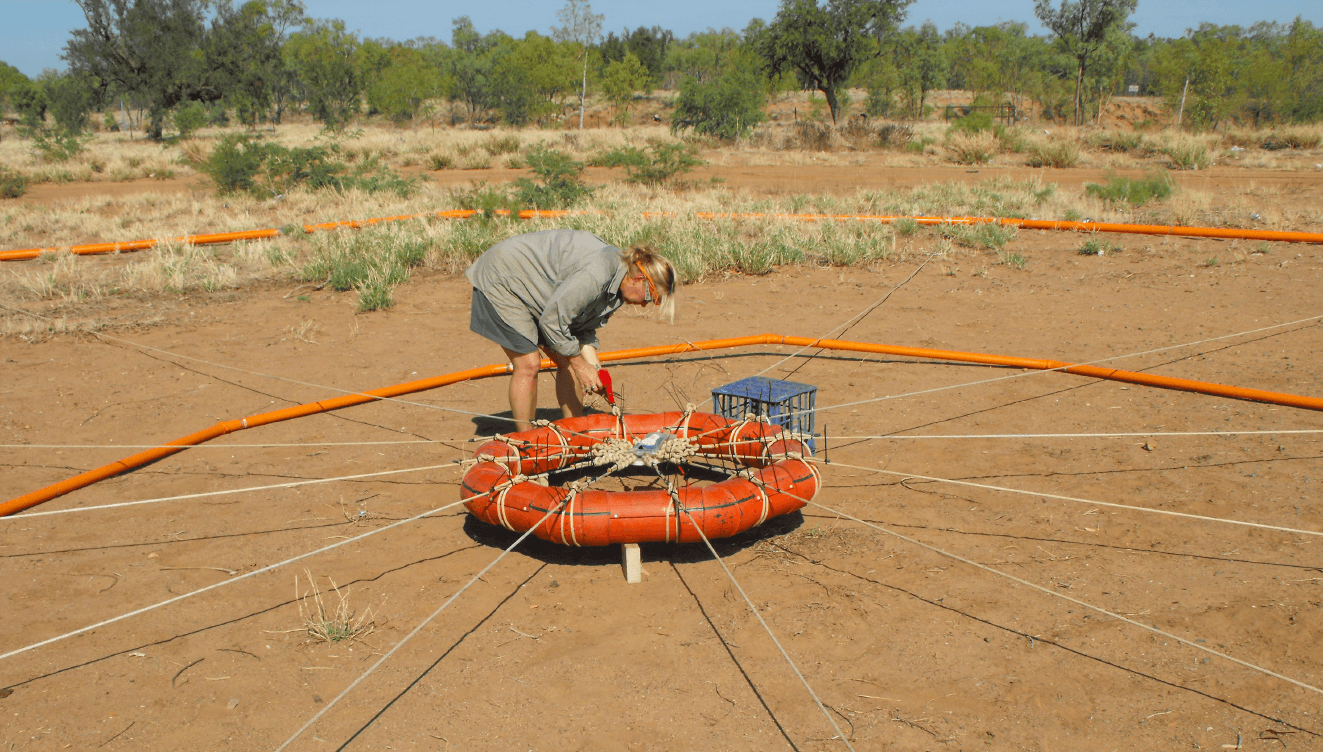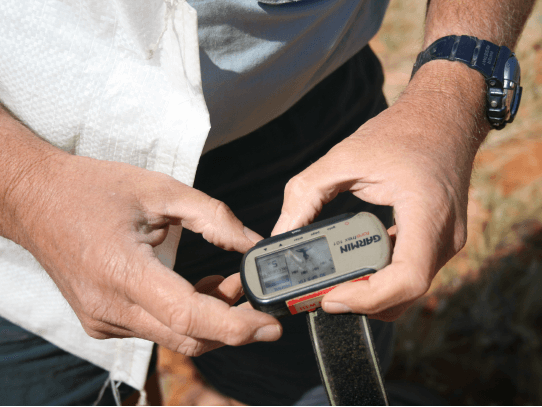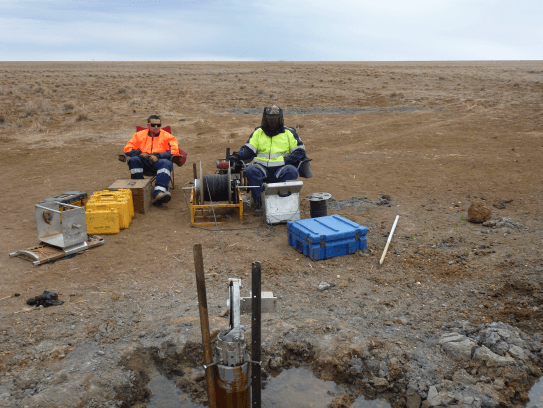
At GD, we routinely provide geophysical services and support to both major and junior mining companies, ranging in scale from terrane assessment to near-mine. Geophysics provides a cost effective approach to minerals exploration and mining. A number of geophysical techniques are available to a suit a wide range of applications, and may be able to provide a solution to your business for a fraction of the cost of a drilling program.
GD has significant geophysical expertise and capabilities backed by industry standard and leading edge software. We have specialist capabilities relating to the acquisition, quality control, processing, 2D/3D modelling and interpretation of all types of geophysical data. We can provide advice as to the most suitable geophysical method to use in your next exploration program depending on your exploration objectives, the target sought and your budget.
Although we oversee the design, acquisition and QA/QC of geophysical survey data, GD itself does not directly acquire geophysical data. We have an extensive network of geophysical service providers of which we maintain excellent working relationships with. We choose the service provider that would best suit your needs and work closely with them to design the most optimal geophysical survey. QA/QC of the geophysical data during the acquisition phase can be crucial to the success of an exploration program. Our focus is on ensuring that our preferred acquisition contractors maintain a high level of data quality for our clients. We monitor this on a day to day basis and can also be available to oversee acquisition activities in the field if required.
The team of GD geophysicists is skilled in a number of geophysical techniques, including:





